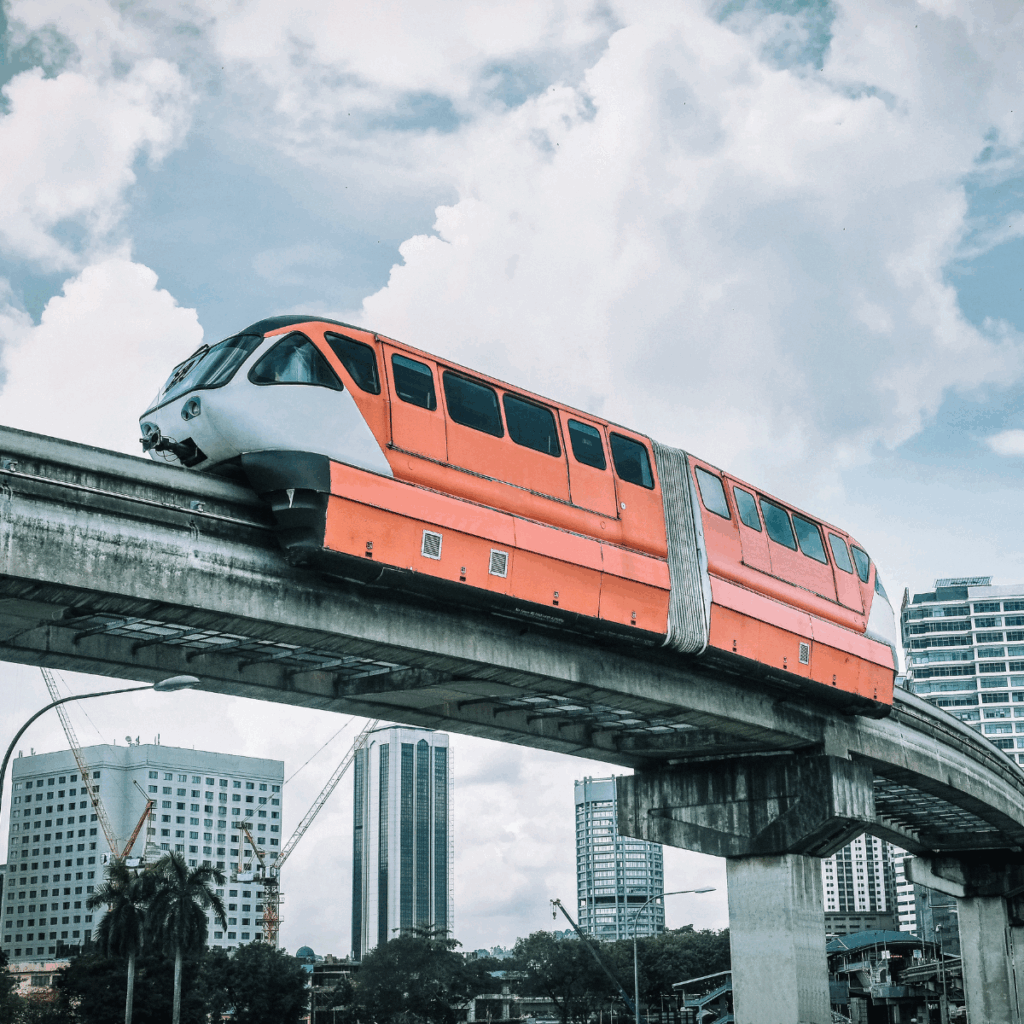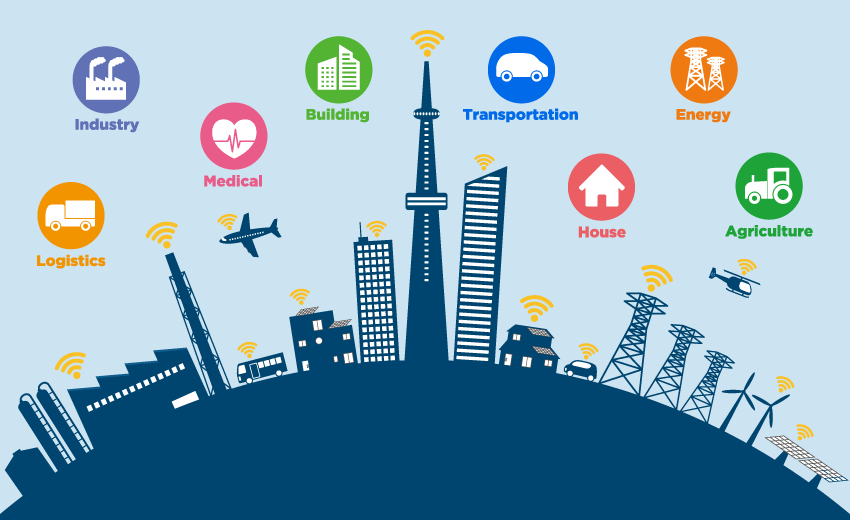Introduction: The Changing Face of Public Transport Security
In today’s rapidly evolving urban environments, public transport security has become a critical priority for city planners, governments, and technology providers. As cities embrace digital transformation, public transportation hubs are no longer just places for passengers; they are highly connected ecosystems that manage enormous flows of people, vehicles, and data. This shift introduces both new opportunities and new vulnerabilities that require innovative security strategies.
Before Smart Technology: Traditional Security Challenges
Limited Surveillance Capabilities
Historically, public transport relied on static security measures such as CCTV cameras and onsite personnel. Although these systems provided some level of monitoring, they lacked real-time analytics, predictive capabilities, and rapid response mechanisms.
Manual Access Control and Ticketing
Older access control systems depended heavily on manual ticketing, paper passes, and human oversight. This approach made it easier for unauthorized access, fare evasion, and bottlenecks that increased vulnerability during peak hours or emergency situations.
Slow Incident Response
In the past, incident response was often delayed due to limited communication between security teams, law enforcement, and emergency responders. The absence of integrated systems meant critical time was lost during crises.
After Smart Technology: A New Era of Public Transport Security
AI-Powered Surveillance and Monitoring
Modern smart surveillance systems leverage artificial intelligence and machine learning to monitor public spaces in real time. These advanced tools can detect unusual behavior, unattended objects, or potential threats instantly, allowing security teams to act proactively.
Seamless Digital Access and Ticketing
Smart access control solutions now integrate digital ticketing, biometric authentication, and mobile apps. This not only reduces unauthorized access but also enhances passenger convenience and streamlines flow through transport hubs.
Integrated Emergency Response Systems
Thanks to IoT platforms and real-time data sharing, transport authorities can coordinate immediately with emergency services. Unified command centers allow for instant communication, better resource allocation, and faster incident resolution.
Key Technologies Driving Public Transport Security
IoT and Sensor Networks
IoT devices play a crucial role in modern public transport security. Sensors monitor everything from passenger flow to air quality, while connected infrastructure enables continuous system diagnostics and rapid fault detection.
Predictive Analytics and Big Data
By analyzing historical and real-time data, predictive analytics can identify patterns that may signal upcoming security risks. Big data enables operators to prepare for peak times, manage resources effectively, and prevent disruptions before they occur.
Cybersecurity Measures
With increased connectivity comes the risk of cyberattacks. Public transportation systems must adopt robust cybersecurity frameworks to protect passenger data, operational systems, and communication networks from external threats.
The Role of Public-Private Partnerships
Public-private collaborations have become essential in advancing public transport security. Governments, technology companies, and system integrators like MTi Arabia work together to design scalable, integrated, and secure transportation solutions. These partnerships ensure that smart city infrastructure evolves with both innovation and resilience in mind.
Future Outlook: Continuous Innovation Ahead
As technology continues to advance, so too will the methods used to protect public transport hubs. The future may see expanded use of blockchain for secure transactions, advanced AI for predictive threat detection, and even autonomous security drones patrolling transit areas. Cities that invest now in comprehensive smart security systems will be better positioned to handle emerging threats and ensure the safety of their citizens.
Conclusion
The transformation of public transport security from traditional models to smart technology-driven ecosystems marks a significant step in urban safety. By embracing innovative solutions, cities can create efficient, resilient, and secure transportation systems that meet the growing demands of modern life. The journey from “before” to “after” is not just about adopting technology but about building trust, efficiency, and long-term stability.
Explore how MTi Arabia can help you leverage these trends to revolutionize your city. Contact us here.



